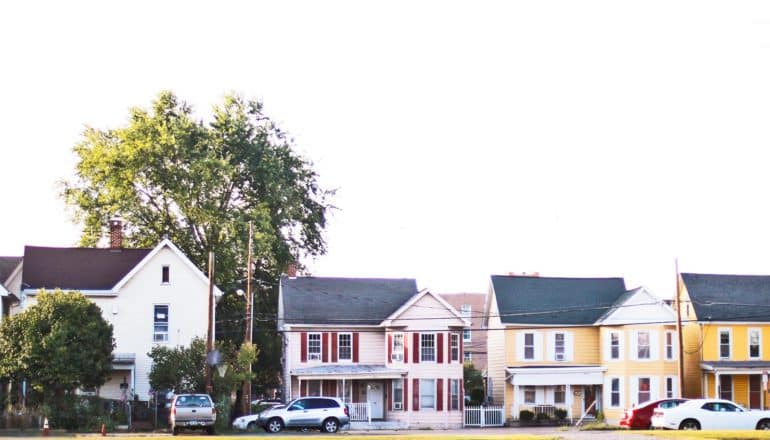
Housing programs adopted during the New Deal increased segregation in American cities and towns, creating racial disparities that continue to characterize life in the 21st century, research finds.
“New Deal housing policies encouraged racial segregation and their substantial impact on American cities and towns can still be seen today,” says New York University sociologist Jacob Faber, whose research appears in the American Sociological Review.
The findings come weeks after the Trump Administration eliminated a program created in 2015, the Affirmatively Furthering Fair Housing rule, that aimed to combat racial segregation in suburban housing.
While scholars have long placed blame on the federal government for sowing the seeds of racial inequality thorough segregationist housing policies initially developed during the New Deal and expanded in subsequent decades, there was little empirical evidence connecting these policies to either contemporary patterns of segregation or to changes over time in those patterns.
The new study is the first to estimate the effects of early-20th-century housing policies on subsequent segregation patterns.
Today’s practice of American homeownership stems from government programs adopted during the New Deal. The Home Owners Loan Corporation (HOLC)—and later the Federal Housing Administration and GI Bill—expanded home-buying opportunity, but were marked by segregationist practices.
“Through mechanisms such as redlining, these policies fueled white suburbanization and Black ghettoization, while laying the foundation for the racial wealth gap,” explains Faber, an associate professor at NYU’s Robert F. Wagner Graduate School of Public Service and the university’s department of sociology.
The study examines a century of US census data for more than 650 cities, along with other archival data documenting government redlining practices. The multi-decade investigation showed that cities that were HOLC-appraised became more segregated than those that were not. Notably, the gap emerged during America’s suburbanization boom of the 1940s and 1950s and remained through the first decade of the 21st century.
In 2010, Black residents living in HOLC-appraised cities, which include large cities (e.g., New York and Chicago) as well as small towns (e.g., Fairfield, Alabama; La Grange, Illinois; New London, Connecticut; Newport News, Virginia; and Woburn, Massachusetts), were more isolated from white residents compared to Blacks living in non-appraised cities, such as Elizabeth, New Jersey. The effect of these programs was much larger among cities and towns in the South, which were slow to adopt fair housing legislation.
“The long-term impact of these policies is a reminder of the intentionality that shaped racial geography in the United States and the scale of intervention that will be required to disrupt the persistence of segregation,” observes Faber.
Source: NYU
The post New Deal programs still segregate cities and towns appeared first on Futurity.
from Futurity https://ift.tt/2QnXWT9
No comments:
Post a Comment